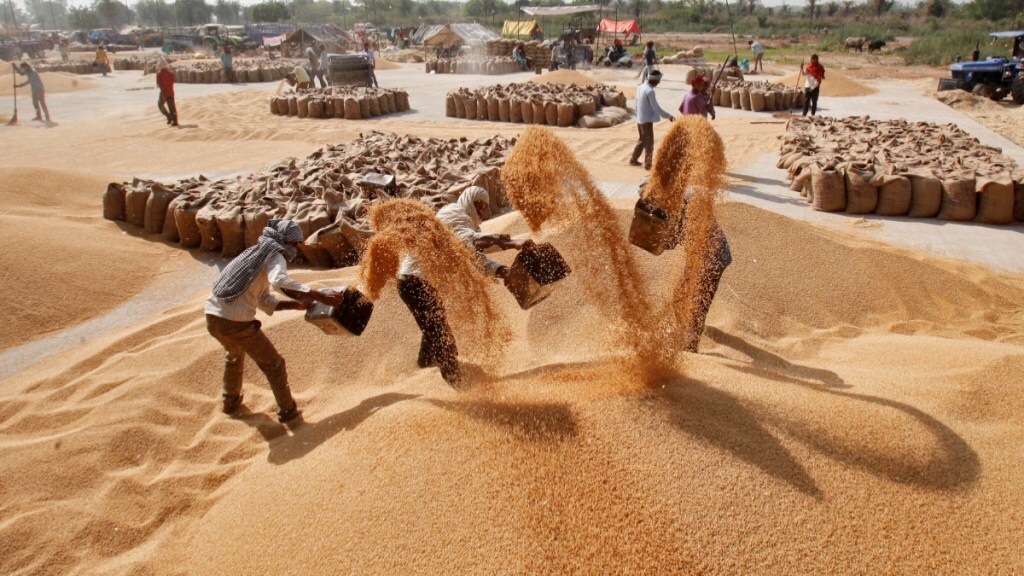Ahead of the harvesting season for wheat in Punjab, Haryana, western Uttar Pradesh, Rajasthan and Madhya Pradesh, warming temperatures may again play spoilsport for a bumper wheat crop—projected at 112.18 million tones—and procurement. The early onset of summer with warmer days, and night temperatures rising as well, is not conducive for the standing wheat crop in March when the crop enters the crucial grain-filling stage. Last crop year, scorching heat in March resulted in premature ripening and shrivelling of grains, adversely impacting wheat production by 2.5% to 106.8mt, although trade sources say it was much lower. For the first time this season, the India Meteorological Department cautioned that higher day temperatures may not recede soon and could affect wheat production, as reported by FE. The private-sector weather tracker, Skymet, had earlier indicated that the northern region has remained rainfall-deficient since December, reinforcing concerns regarding rabi prospects. The Union agriculture ministry has set up a committee to monitor the situation arising from rising temperatures and impact, if any, on the wheat crop. All of this does not augur well for lowering wheat inflation that hit 25.05% in January, up from 15.72% in August 2022. To dampen inflation, the government is offloading an additional 2 mt million in the open market from the Food Corporation of India’s stocks. Last month, it approved the sale of 2.5 mt to bulk buyers. As if all this weren’t bad enough, wheat stocks in government godowns are 15.4 mt on February 1, the lowest in six years on the same date. The wheat stock position by April 1 is also expected to be only marginally above buffer stock norms.
As soaring temperatures may well be the new normal, the need is to bring science and technology to farmers that make crops heat-resistant, have a comprehensive crop insurance scheme, and higher outlays for irrigation that can make the agrarian economy less dependent on the vagaries of rainfall. The good news in this regard is that scientists at the Indian Council of Agricultural Research have come up with “beat-the-heat” solutions through new wheat varieties such as HD 3385 which are amenable to early sowing and harvesting by March-end according to a report in The Indian Express. As wheat is a 140-145 day crop, the idea is that if sowing is advanced to October, the standing crop will not be exposed to heat stress as much of the grain filling will be completed by the third week of March and harvested by the month end.
The IMD has also issued an advisory to wheat farmers asking to provide more irrigation if the crop is under some stress, besides adopting other measures to conserve soil moisture and maintain soil temperatures. Towards this end, a policy that facilitates regenerative agricultural practices may also be in order to protect the soil to make it more resilient to high temperatures and other climate shocks. The upshot is that policymakers will have to deal with the reality of climate change on a war-footing in the larger interests of food security. There is bound to be considerable agrarian distress as farmers suffer huge losses with low wheat yields due to heat stress. Temperature shocks alone reduce farm incomes by up to 20-25% in the medium-term, according to the Economic Survey 2017-18, and complicate the government’s ongoing efforts to double farmer incomes over the near-term.


